Soil Health Principles
Plant Diversity
Plant Diversity can be achieved in multiple ways. A producer can add a cover crop to their rotation, they can inter seed cover crops into their cash crop. Plant diversity boost a plants immune system so that it can fight off harmful parasitic fungi and also increases a plants drought tolerance. This is accomplished because plants of different species share micronutrients with one another. Plants of the same species will not share micronutrients with one another.
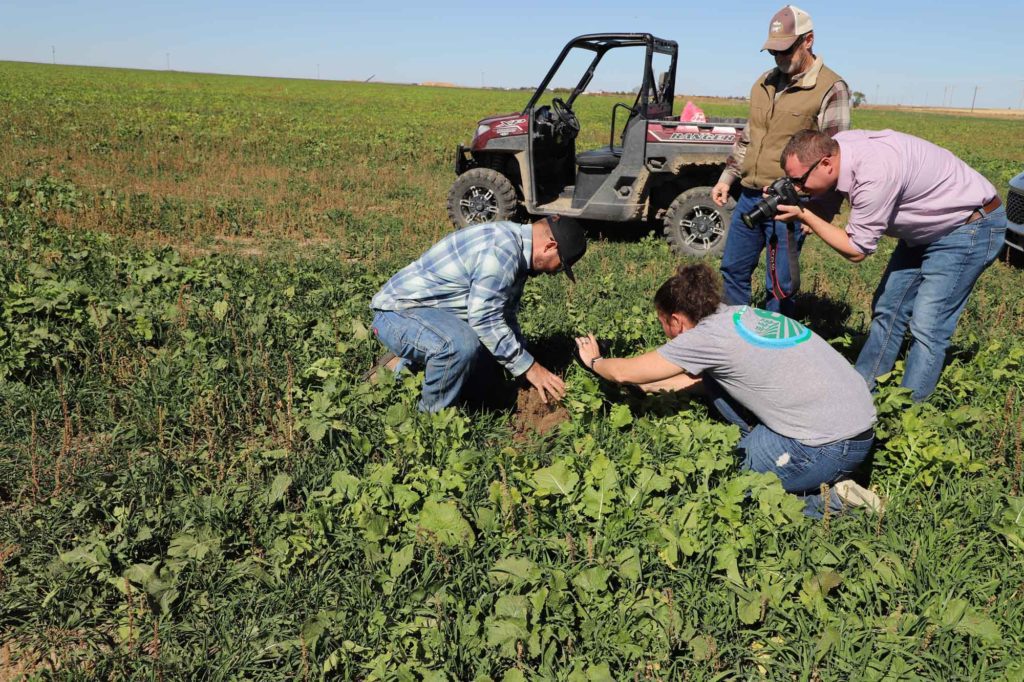
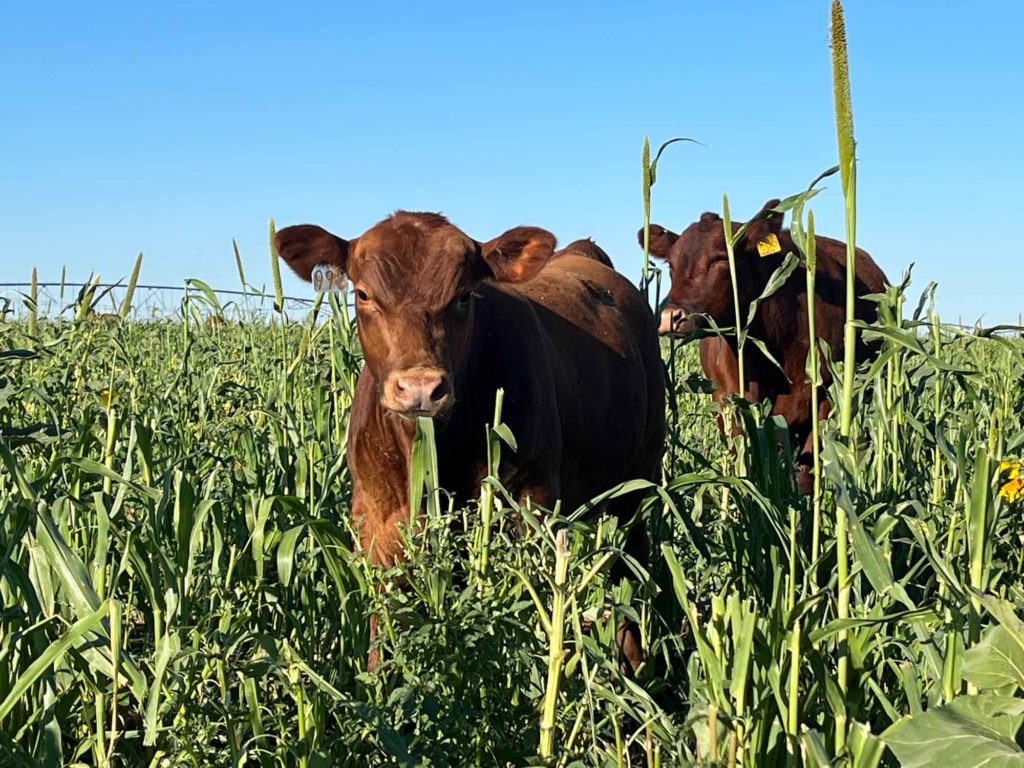
Livestock Integration
Why not? Who doesn’t love cattle? Adding livestock to a system helps to improve any regenerative system. When properly manage, cattle can get armor on the soil by eating your cover crop reside or cash crop reside. Once the material has passed through their gut and place back on the ground their manure provides beneficial microbes and fertilizer to your system.
Continual Living Root(Living Roots As Long As Possible)
Keeping living plant roots in the ground year-round is the biggest challenge in a dry environment. This principle is in place because roots build soil structure through the secretion of exudates. Exudates bind soil particles together to form aggreges and aggreges build soil. Aggreges also allow for more water filtration allowing a producer to capture more moister in rain events. Living roots are important but it is also important to follow the 6th soil health principle of Know Your Context. It is the fall and it is too dry for a farmer to get a cover crop to germinate after corn, you might want to wait until the spring to get a cover crop established. We have had a challenge with wind erosion when trying to plant when it is too dry.
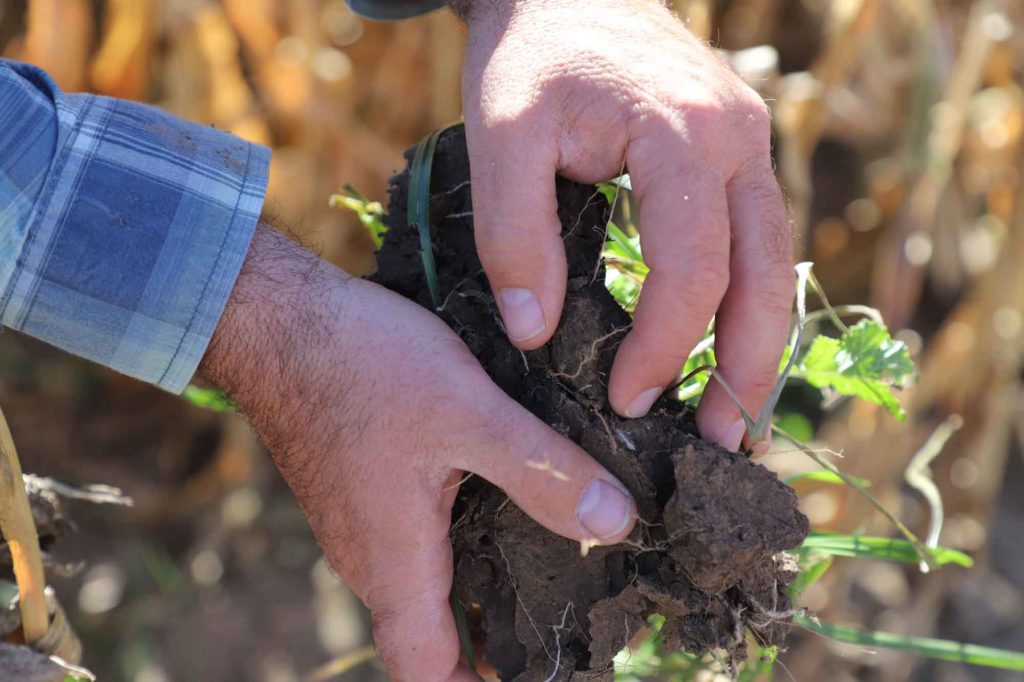
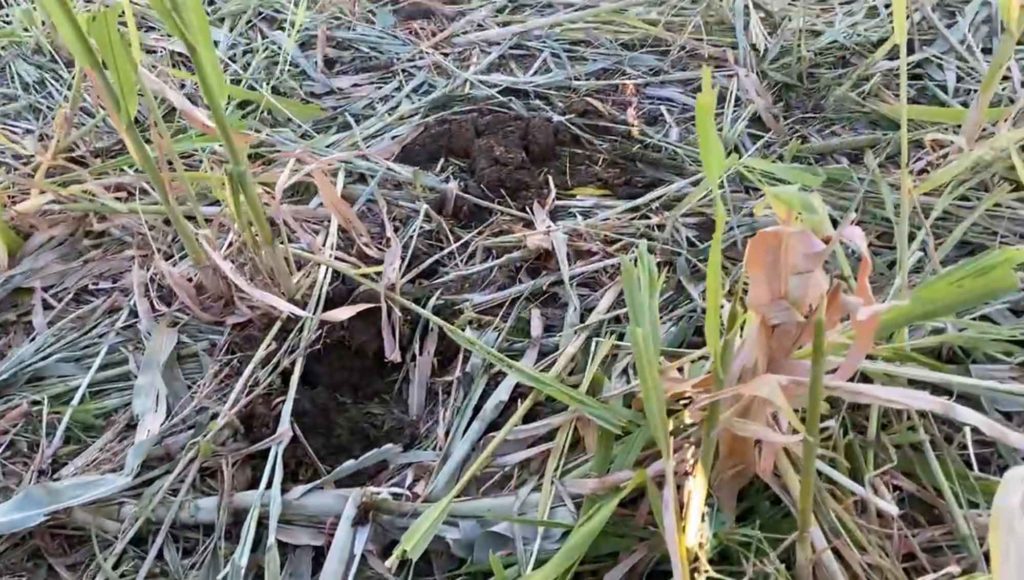
Soil Armor
Leaving armor on the soil is one of the most important soil health principles to follow. This is accomplished by leaving reside from a cash crop or cover crop rather than, bailing the residue for hay, over grazing it or tilling/ working the reside into the ground. Leaving soil armor reduces water and wind erosion, Keeps the soil moister in the ground during hot summer days and decreases water evaporation. The reside also provides protection for earthworms.
Minimal Disturbance
Tillage is extremely destructive to the health of the soil. Tillage destroys fungal life, eliminates aggregate stability and decimates the habitat for earthworms, protozoa, nematodes, microarthropods and other beneficial microbial life. Incorporating no-till to minimize the disturbance within the soil ecosystem is the best way to start building up the life within our farm ground.
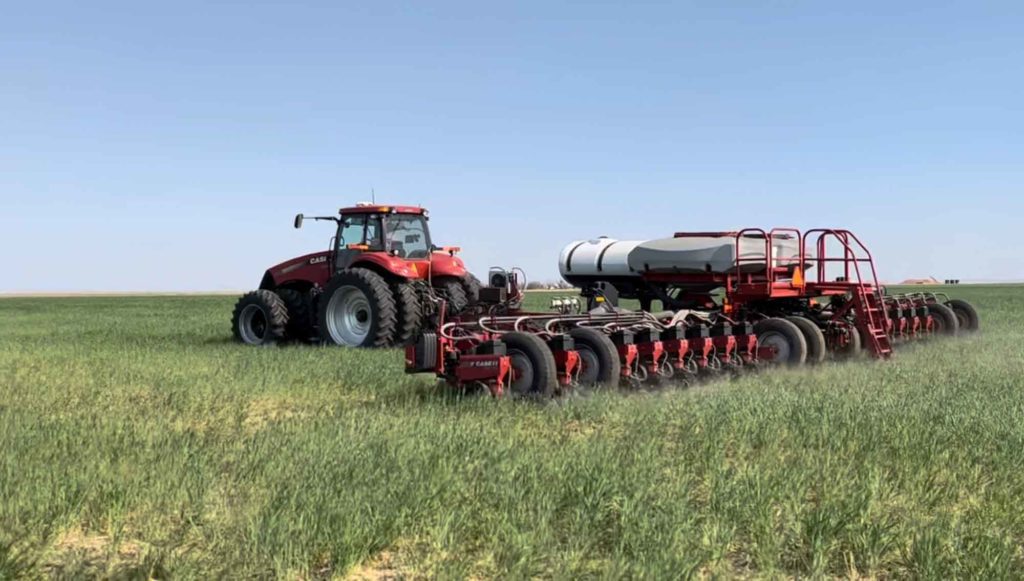
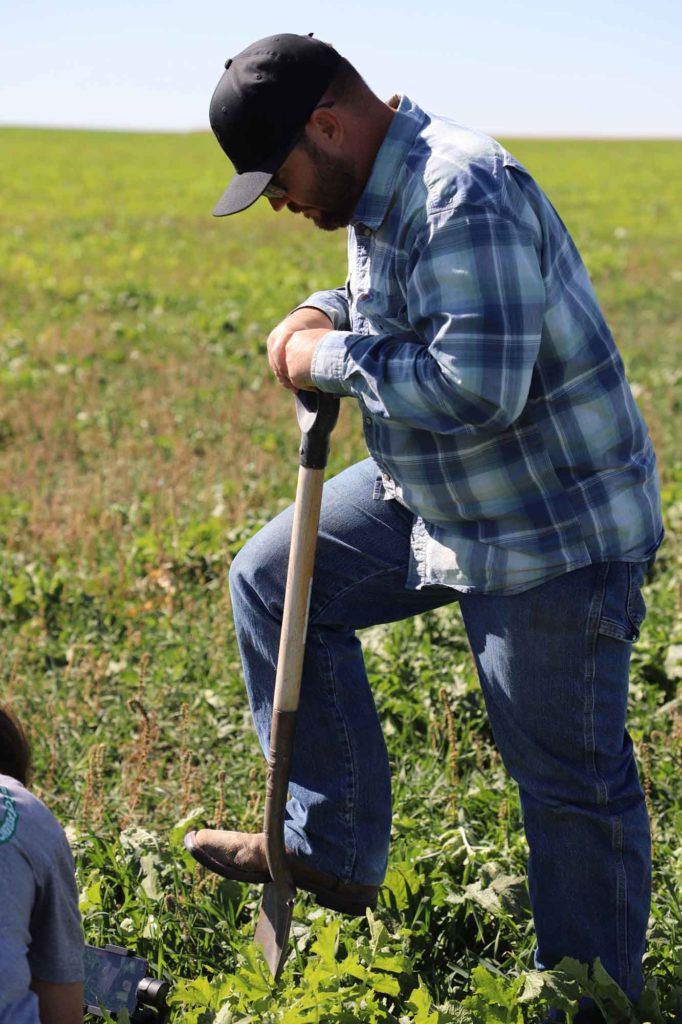
Know Your Context
The newest of all soil health principles might be just be my favorite. A farmer must know his climate, soils and goal for his farming operation and apply the first 5 soil health principles to the best of his ability. If you search soil health principles you will find that other people have different takes on the first 5 I listed. No farm is the same and applying the principles will look a little different in each environment.
